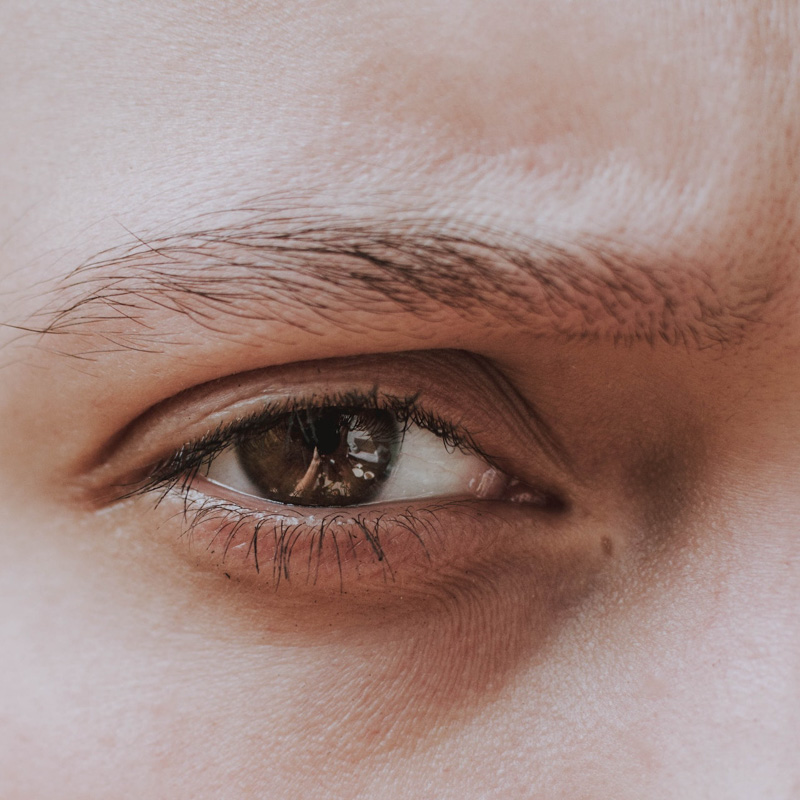Science
The science behind Biocentric lighting lies in the understanding of human anatomy and our responsiveness to light.
Increasing amounts of research reiterate the importance of daylight for our health, wellbeing and sleep. Cutting edge technological and medicinal research is therefore continuously integrated into our concept, in cooperation with our scientific advisory board. This is to ensure we deliver the best scientifically-based lighting environments for all needs.
Light is about more than vision
Light is not only for vision but for synchronizing the body with the solar day. Circadian Rhythms – often referred to as the “Biological Clock” in humans are internal biological activities that cycle during a 24-hour period and regulate many physiological, mental and emotional processes and behaviors.


Light affects everyone
Evolution has made natural variation of light essential for mankind, a need that hasn’t changed despite our changed behaviors. Light has a significant effect on biological functions and our daily routines, and is central to our well-being. Exposure to daylight affects our sleep quality, efficiency, alertness and similar other important factors for our health.
Light is about technology
Increasing amounts of research reiterate the importance of daylight for our health, wellbeing and sleep. Ongoing research provides new understandings of the beneficial effects of light for improving sleep and wellbeing. BrainLit’s technology is in constant development in line with the latest research and our scientific advisory board. This creates a future for indoor lighting where human well-being is always in focus.


